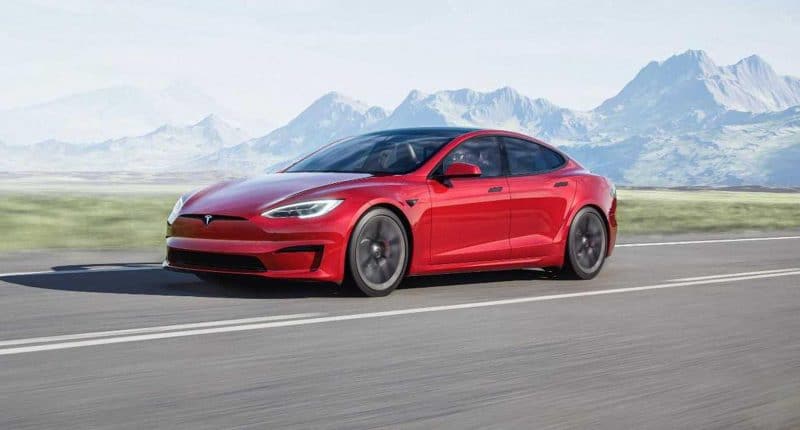Tesla exceeded market expectations by delivering a record number of electric vehicles in the fourth quarter, achieving its 2023 target of 1.8 million units. The company employed year-end promotions, including increased discounts and incentives like six months of free fast charging for December-end deliveries, driving a surge in sales. This strategy resulted in the handover of 484,507 vehicles, surpassing estimates and marking an 11% growth from the previous quarter. Despite falling slightly short of CEO Elon Musk’s preferred 40% growth, the performance outshone domestic U.S. car manufacturers.
Additionally, to drive sales, the electric carmaker slashed prices resulting in 484,500 car sales in the fourth quarter, up from 435,000 in the third quarter and 405,000 in the fourth quarter of 2022. The gains put Tesla on track to sell more than two million cars in 2024, potentially overtaking established carmakers like Mercedes-Benz and Renault. The record numbers placed Tesla on the quest to sell more than two million cars this year and might end up taking the crown by defeating renowned carmaker brands such as Mercedes-Benz and Renault.
Model 3 and Model Y comprised a significant portion of the quarter’s deliveries, totalling 461,538 units, while approximately 23,000 units of other models were handed over. The company did not disclose whether these figures included the newly launched Cybertruck. Elon Musk previously outlined production goals for the distinctive electric pickup truck, with expectations to manufacture around a quarter of a million units in 2025. As Tesla navigates market dynamics and potential challenges, maintaining a delicate balance between pricing strategies and product innovation remains crucial for sustained success.
While these impressive delivery numbers fetch good news for the Musk-owned car company, Tesla faced scrutiny over its self-driving technology, leading to a recall of over 2 million vehicles to enhance safety features in its Autopilot system. The recall was the second one last year involving Tesla’s automated driving systems, which have come under escalating scrutiny after hundreds of crashes — some of which resulted in fatalities.
While regulatory challenges persist, Tesla’s approach to maintaining demand includes potential price cuts, especially for Model 3 versions that lost federal tax credits under the Inflation Reduction Act. Analysts suggest that continued price adjustments may be necessary, with potential considerations linked to evolving interest rates set by the U.S. Federal Reserve.
Tesla clocking in these impressive delivery numbers might just be a temporary relief to the carmaker and give rise to the question whether Tesla can take over the market for electric vehicles, if not for the massively competent traditional carmaking business.
The previous year marked a poor one in the history of Tesla’s run as it lost its market share to rivals like General Motors, Hyundai, Ford Motor, Volkswagen as these traditional car makers thwarted out more electric vheicles.
However, this year might just be Tesla’s year as there is a possibility that it will benefit from lower interest rates in the new year. Investors have their money on the Federakl Reserve and other financial institutions taking a break from high interest rates as inflation gradually cools down.





